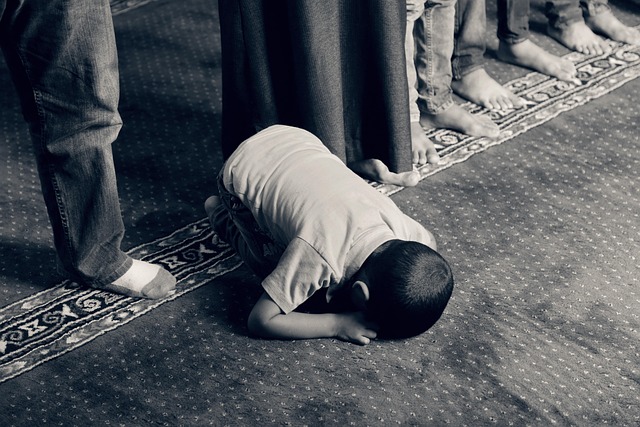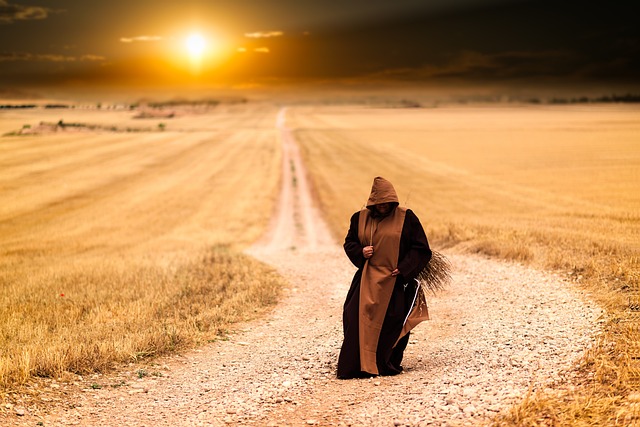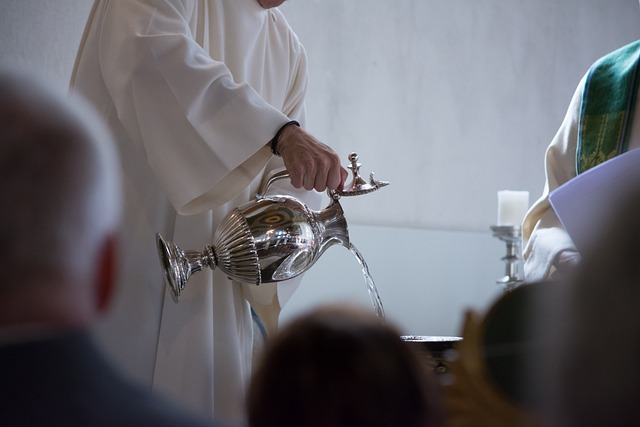Piety, at its core, is a deep and profound devotion to a higher power that influences the way individuals express their faith through religious rituals. In many cultures, rituals serve as a bridge between the mundane and the sacred, providing a structured way for believers to connect with their spirituality. When we talk about piety in the context of these rituals, we delve into the heartfelt intentions and dedications that transform mere actions into meaningful expressions of faith.
Religious rituals often embody the essence of piety, allowing individuals to express their reverence for the divine and their commitment to their religious beliefs. Whether it’s lighting a candle, reciting prayers, or participating in communal worship, such acts become infused with a sense of purpose when underpinned by sincere piety. This inner devotion is what elevates a simple act into a sacred practice, drawing believers closer to their faith.
In various religions, the role of piety manifests distinctly. For example, in Christianity, acts of piety can be seen during Lent through fasting and prayer, where the faithful engage in introspection to strengthen their relationship with God. Similarly, in Hinduism, the ritual of ‘puja’ (worship) is not merely about the physical offerings made to deities but reflects the depth of devotion and love a person holds in their heart. These rituals, steeped in piety, create a space for individuals to demonstrate their loyalty and reverence towards the divine.
Piety can also guide personal conduct during these rituals. It encourages individuals to approach sacred practices with humility and gratitude, reminding them of the significance of their actions. It’s not enough to simply go through the motions; true piety involves being fully present and engaged, enveloping oneself in the spiritual experience. This can lead to a shared sense of community among participants, as collective piety often amplifies the emotional and spiritual impact of these rituals.
Moreover, piety in rituals often transcends individual expression. When congregated, the collective piety of a community can create an atmosphere of shared faith and devotion. This communal participation reinforces bonds among believers and fosters a sense of belonging. The rituals become a tapestry woven with threads of individual faith experiences—each unique yet interconnected through a shared commitment to the divine.
However, the journey of piety within ritual practices is not without challenges. In a fast-paced world, there’s often a temptation to reduce rituals to mere obligations performed out of routine rather than genuine devotion. It becomes essential for individuals to reconnect with the essence of piety, reflecting on the deeper meanings behind their rituals, and to ensure that their practices remain rooted in authenticity rather than mere habit.
Ultimately, the role of piety in religious rituals is a testament to the human spirit’s unwavering quest for connection with the divine. It is this emotional and spiritual investment that transforms rituals from mechanical actions into profound expressions of faith, illuminating lives with hope, purpose, and understanding. By embracing piety, individuals can enrich their spiritual journeys, making their faith not only a personal endeavor but also a shared experience that resonates throughout their communities.



